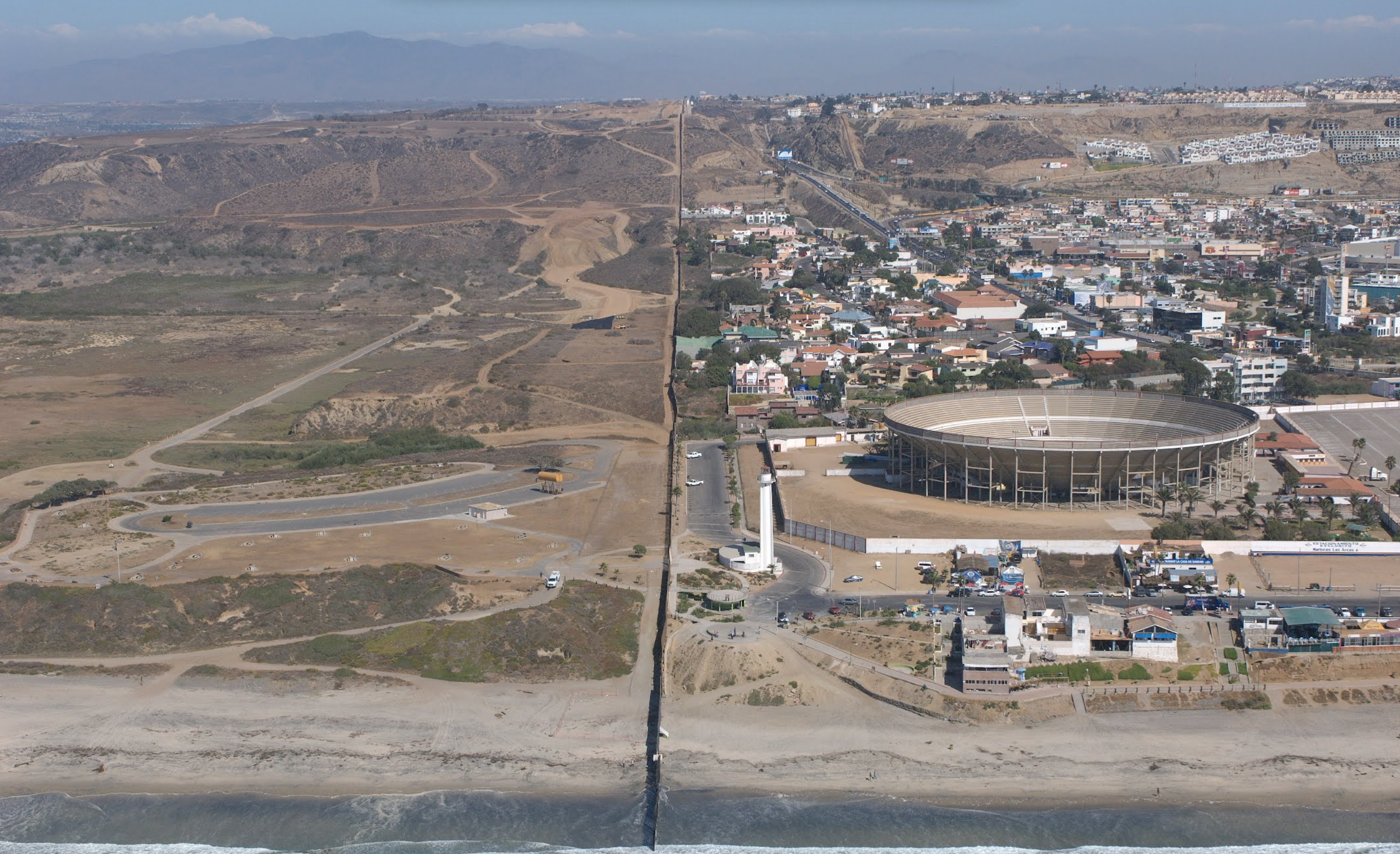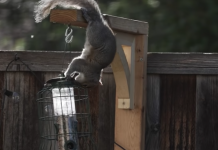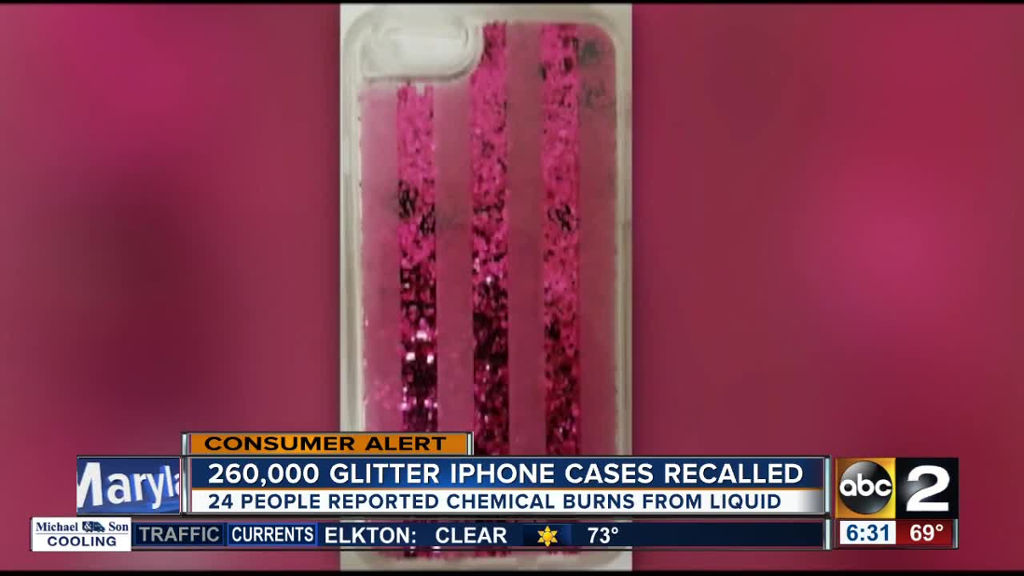Jude Sparks was out on a family hike in the desert near Las Cruces, N.M., testing walkie-talkies, when the then-9-year-old boy tripped over a rocky protrusion.
When Jude got up again, he examined what appeared to be two large, fossilized teeth jutting out from the terrain. Farther up, he spotted what looked like a tusk, he added.
Jude was intrigued.
But Jude’s brother Hunter, who had been running behind him, didn’t seem too impressed with whatever Jude had found.
“Hunter said it was just a big, fat rotten cow,” Jude told KVIA News, which first reported the story. “I didn’t know what it was. I just knew it wasn’t usual.”
The boys’ parents photographed the curious mass, then helped Jude look up experts online that night, he added. They emailed Peter Houde, a biology professor at New Mexico State University, who said he usually receives a few emails a year with people who wonder if they’ve discovered an interesting fossil.
Most of the time, those photos turn out to be rocks, he said. But not this time.
“They sent me a picture on a Friday night. I mean, it was 100 percent immediately obvious that they’d either found a skull or a jaw. I could see teeth,” Houde told The Washington Post. “I wrote right back to them, I said let’s go out there right away.”
It turned out Jude’s instincts were correct. He had discovered the fossilized skull of a Stegomastodon, estimated to be more than 1 million years old. The now-extinct ancient relative of the elephant had two enormous tusks that curved upward and stood nearly nine feet tall.
The discovery was rare because both the animal’s mandible and a tusk were exposed to the surface, Houde said in a paper published on his website about “Fossil bones from the same animal are rarely found together in our area,” Houde wrote. What’s more, Stegomastodon fossils are extremely fragile, despite the animal’s behemoth size. If the Sparks family had tried to dig it out on their own, the fossil would have likely been destroyed.
“The Sparks were really very responsible in trying to get in touch, not just taking something for themselves,” Houde said.
After several months, Houde and his team finally got permission from the landowner to dig on the property — under the condition the site remain a secret, according to a university news release.
In May, Houde and a team began the week-long, painstaking work of digging up the fossil — with an assist from the Sparks family. The collagen in the bones had long since decomposed, so the fossils “can easily disintegrate under their own weight before your very eyes as soon as the sediments that cradle and support them are cleaned away,” Houde wrote. Because of that, the excavation required exposing parts of the fossil, little by little, and allowing it to fully dry before applying a hardener.
Little by little, they unearthed a nearly complete skull, only missing a tusk.
“It’s just been very exciting,” Jude’s mother, Michelle Sparks, told KVIA News. “Especially for the boys because every child dreams of finding bones and them being actually old.”
Jude, now 10, told the news station that most of his friends still don’t believe that he found a fossil more than a million years old. Houde is continuing to study and preserve the fossil, but said he hopes it eventually will be available for public viewing at New Mexico State University’s Vertebrate Museum.
It wasn’t the first time someone had made such a fortuitous fossil discovery. In 2014, a bachelor party camping at Elephant Butte State Park in southern New Mexico discovered a nearly complete fossilized skull of a Stegomastodon. That fossil is now at the New Mexico Natural History Museum.
In 2015, a then-4-year-old boy named Wylie Brys happened upon the fossilized bones of a nodosaur while exploring land behind a Dallas-area shopping center.
“He’s a little kid,” his father, Tim Brys, told The Post then. “He likes playing in dirt as much as finding the fossils, I think.”














































